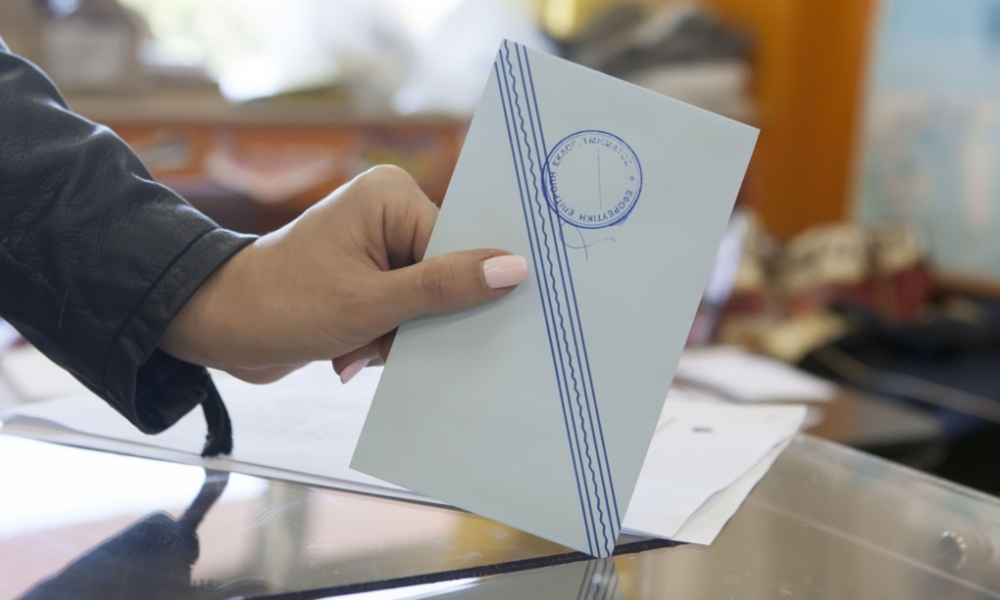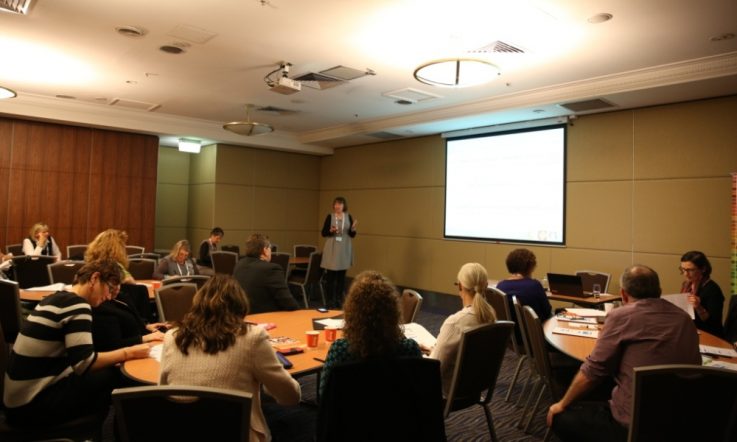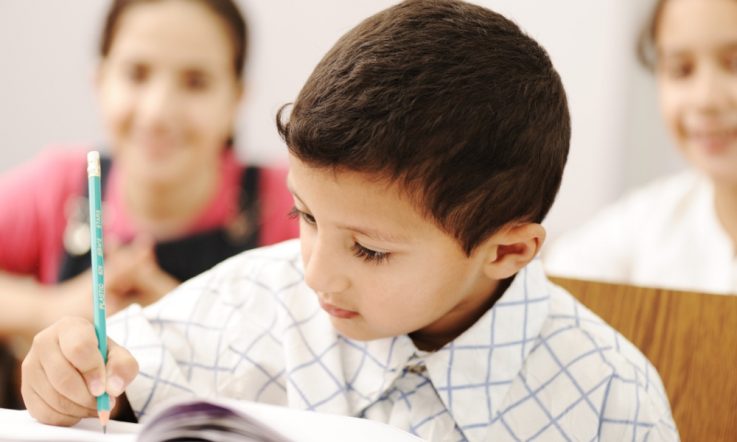Imagine walking into your class and saying: ‘Today, you're going to write a letter ... but you're not going to send it, you'll be doing it in your school book.'
Or you could try: ‘We're going to be working as a class to design an information leaflet for visitors to a local attraction. They won't be used, but you can keep them once you're finished.'
Okay, third time lucky: ‘I'd like you to work in groups to write a short story for young children, but I'll be the only person who reads it.'
I'm exaggerating of course – you wouldn't ever say that to your students, but these rather uninspiring descriptions could be a fair reflection of how the literacy tasks work out.
Now, imagine if those letters were not only written to a real person, but actually posted. If the information leaflets answered real questions from members of the public, and were displayed in the community as a genuine point of reference. Or, if your students visited a local primary school to read their stories to an audience of youngsters.
How much more engaged, motivated and invested in the task would your students be if they knew they were writing for a real audience, for a reader other than the teacher? And, what impact would that have on their learning?
A few years ago, researchers from the US and Canada highlighted the ‘power of authentic literacy activities' after carrying out a two-year study involving Grade 2 and 3 science classes.
‘Many teachers … reported that students came alive when they realised they were writing to real people for real reasons …' (Duke, Purcell-Gates, Hall & Tower 2007).
In this study, they defined authentic literacy activities as ‘those that replicate or reflect reading and writing activities that occur in the lives of people outside of a learning-to-read-and-write context and purpose', involving a writer and a real reader.
Some 26 teachers, and their students, took part in the research and were given professional development support once a week. The authors found that ‘those teachers who included more authentic literacy activities more of the time had students who showed higher growth in both comprehension and writing'.
Examples of authentic writing activities included a project to grow corn in the classroom – where students were allocated different tasks and then asked to write instructions to be used by a real volunteer who was looking after the corn during a school holiday.
Outside the school gates, one class went on a science excursion to a nearby nature centre. Their teacher arranged for the director of information at the centre to write to students asking for their help in creating a visitor brochure. This real world request ended with a real world application – the leaflet was published and used by visitors.
Today, of course, it's easier than ever to connect with ‘real readers' beyond the walls of the classroom, using a range of technologies and social media tools.
Recent studies have explored the benefits of blogging in supporting adolescent writers with learning difficulties (Jones, 2012), and the positive effect of an internet pen-pal program involving students in New England and Australia (Charron, 2007).
And, Teacher's own readers have shared their successful initiatives. Last year two educators told us how an in-school book publishing program has improved student learning outcomes, engagement and motivation.
Whatever the genre and task, there are plenty of ways to connect your students to an outside audience and a real world purpose.
References
Charron, N. (2007). I learned that there's a state called Victoria. Reading Teacher, 60(8), 762-769.
Duke, N. K., Purcell-Gates, V., Hall, L. A., & Tower, C. (2007). Authentic literacy activities for developing comprehension and writing. Reading Teacher, 60(4), 344-355.
Jones, SR (2012). Digital access: Using Blogs to Support Adolescent Writers with Learning Disabilities. Teaching Exceptional Children, 45(2), 16-23.
How can you connect your students to a real audience outside the classroom?



